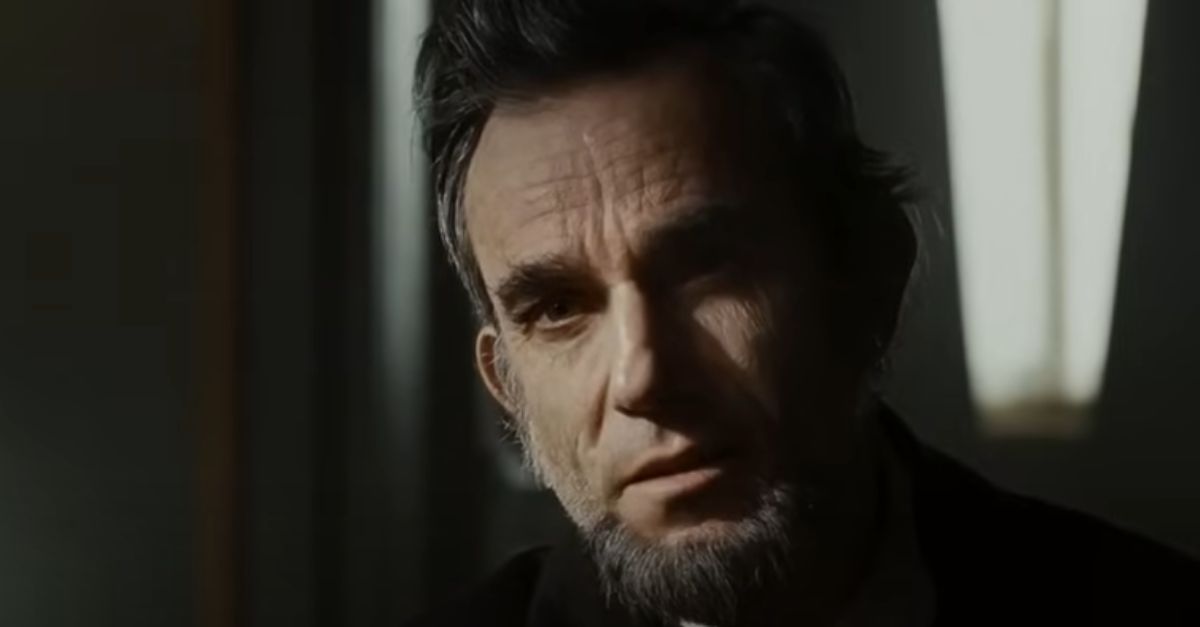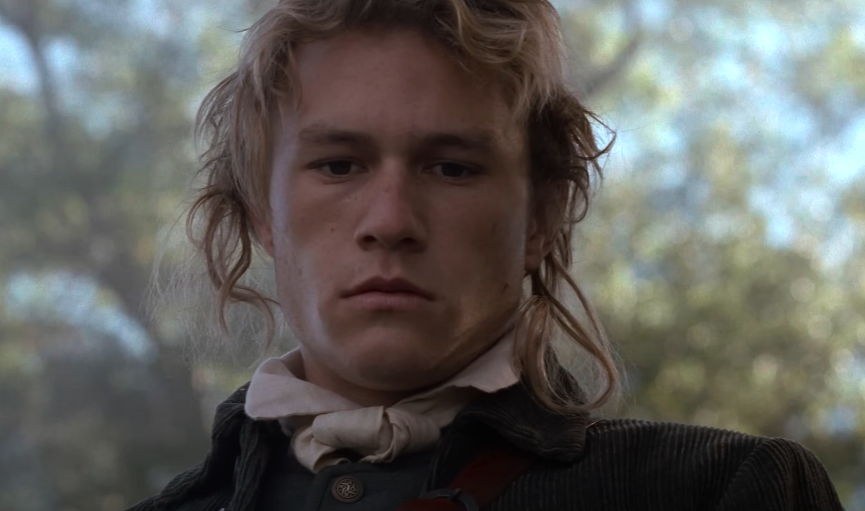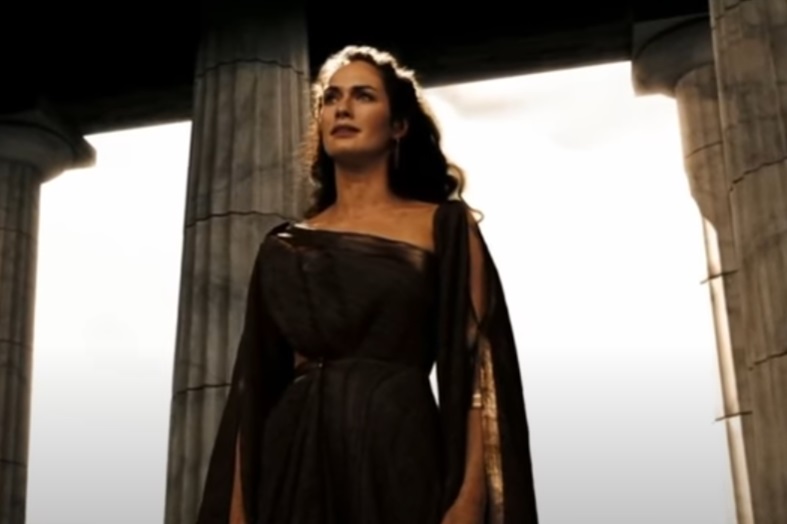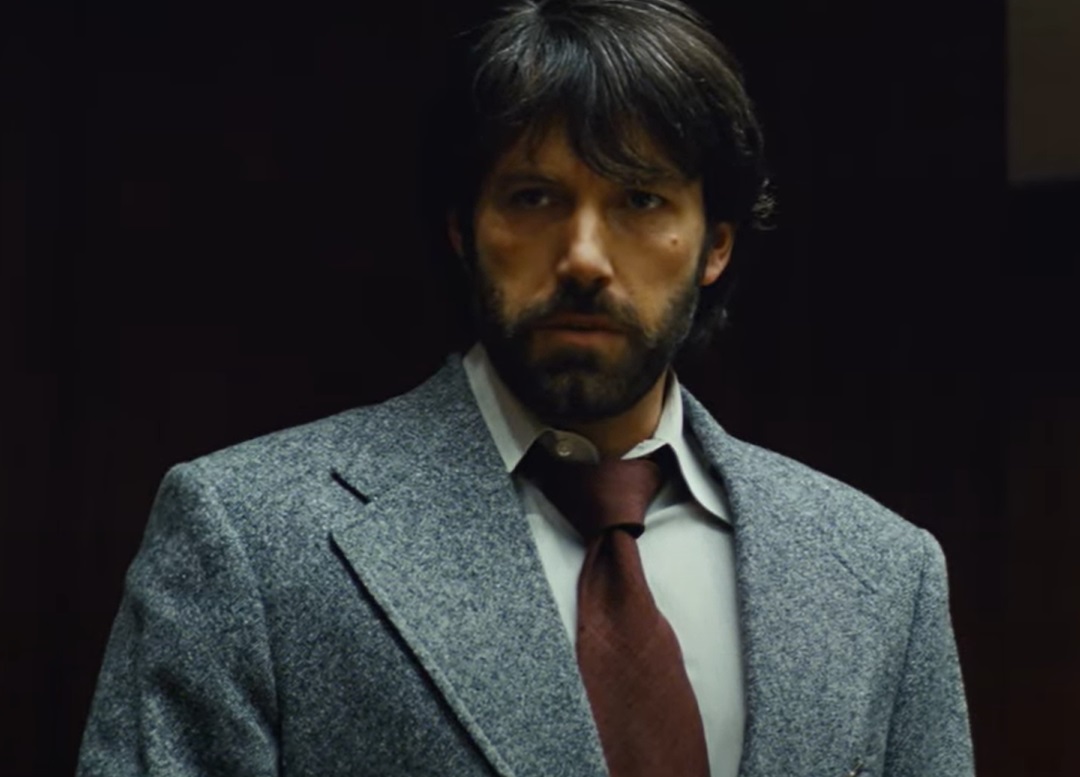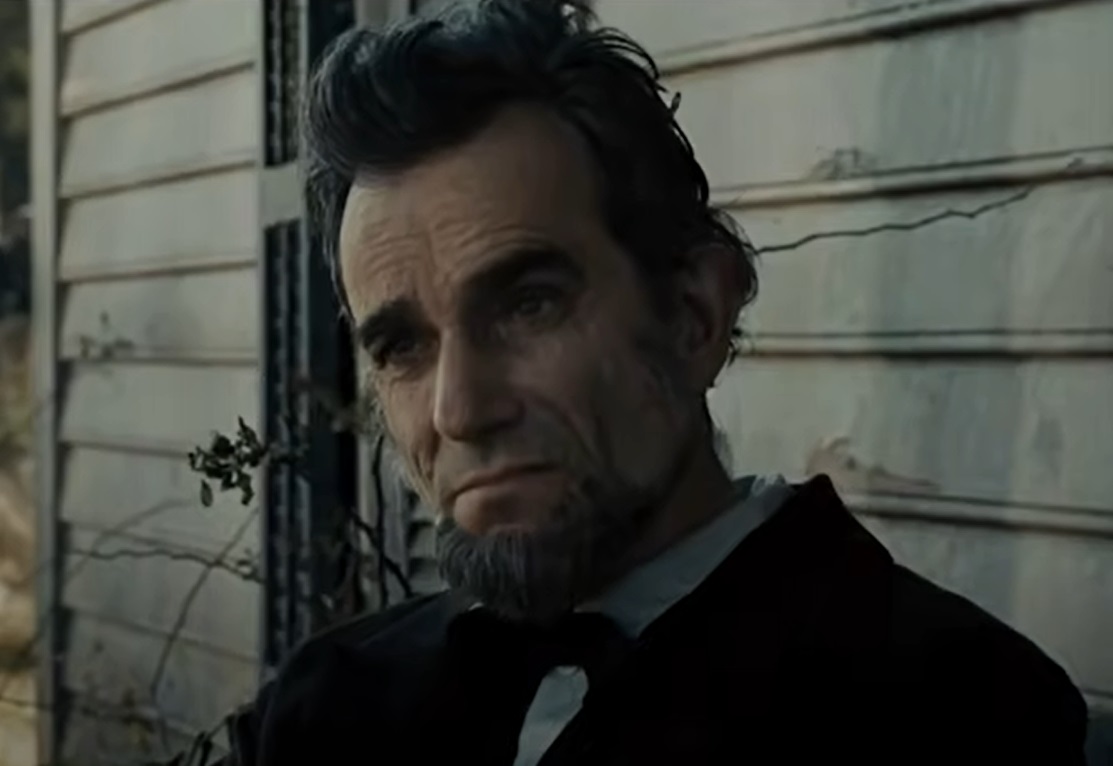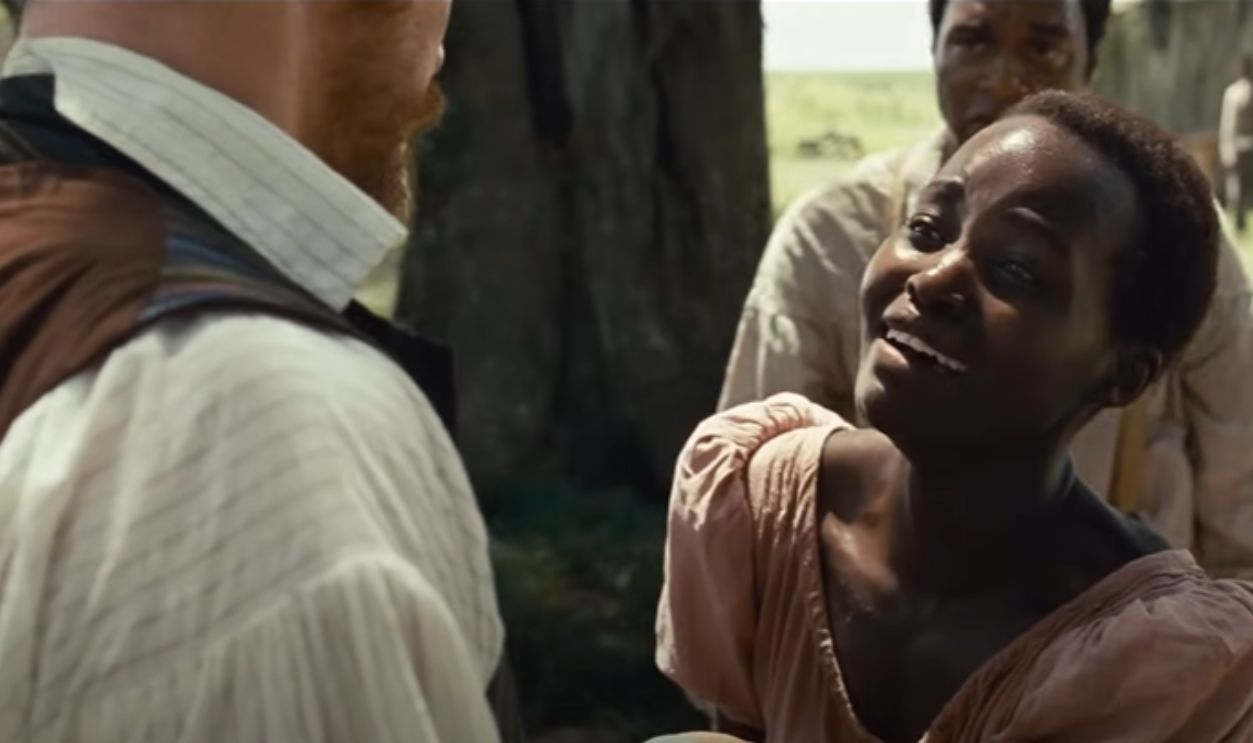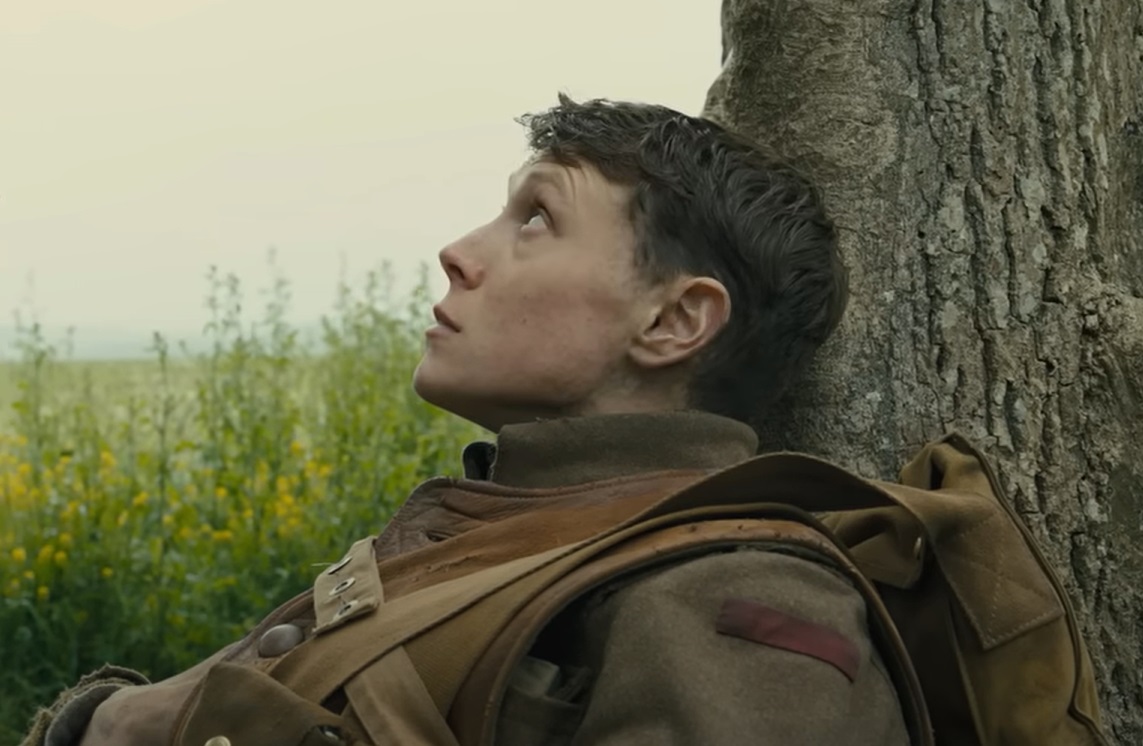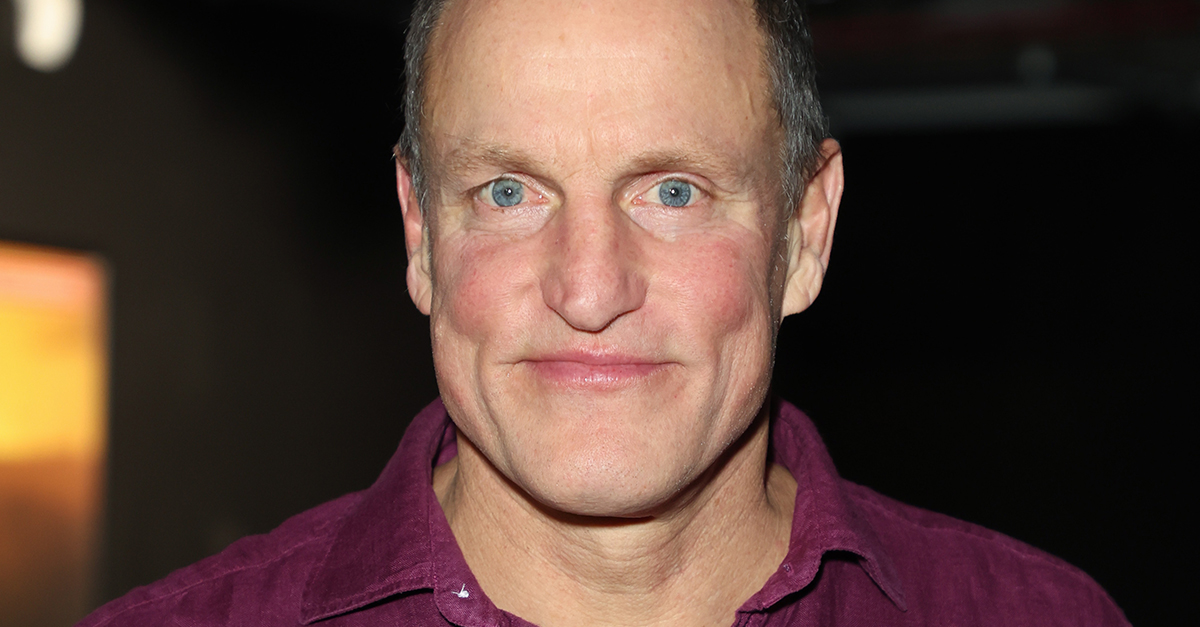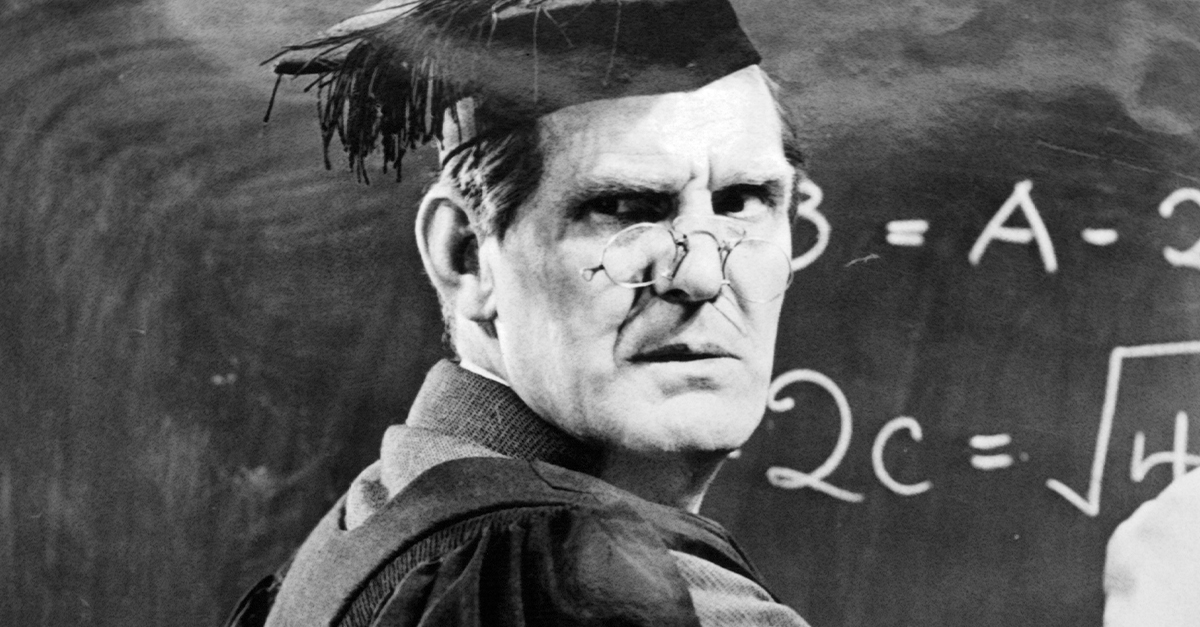Fact Turned To Fiction
Many historical films take creative liberties, blending fact with fiction. While this often enhances storytelling, it can lead to misconceptions about real events. Here’s a look at 25 films that modified history for dramatic effect.
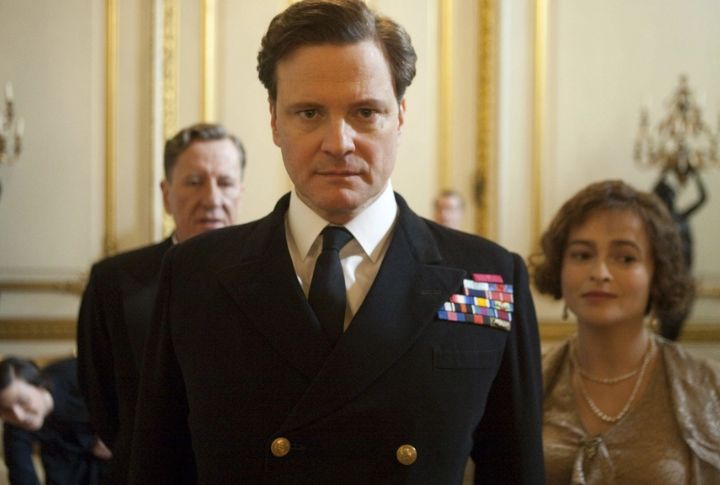
Braveheart (1995)
This epic war drama brought the legend of William Wallace to life but took liberties with accuracy. The iconic blue face paint? Never used by medieval Scots—it's a nod to earlier Celtic tribes. The film also overdramatizes Wallace’s battles and personal life. Historical? Not quite. Memorable? Absolutely.
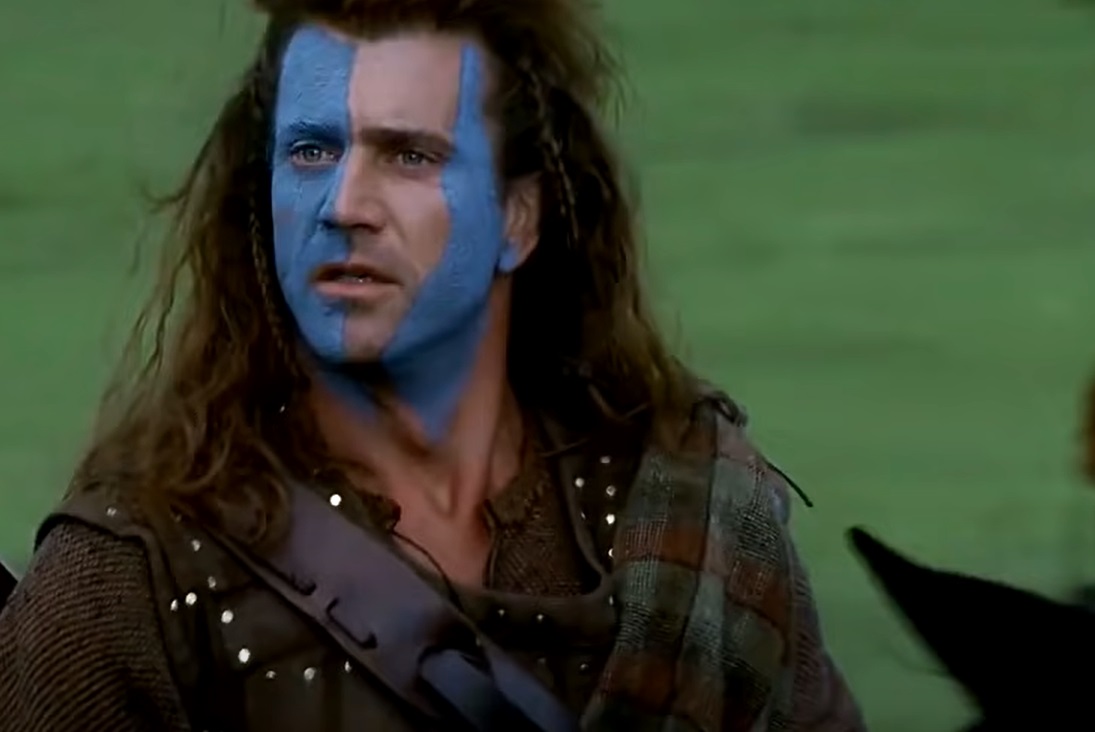 Twentieth Century, Braveheart (1995)
Twentieth Century, Braveheart (1995)
The Patriot (2000)
The stirring revenge tale blends truth and fiction. Benjamin Martin, the hero, is loosely based on Francis Marion, but the Swamp Fox never fought with such flair. Many events, including Martin’s guerrilla tactics, are Hollywood fabrications. It’s a gripping story but far removed from historical records.
Gladiator (2000)
Commodus’ death in the arena is a cinematic flourish—he was actually strangled in a conspiracy. The movie also distorts Roman customs, from the spectacle of gladiator fights to political dynamics. Despite the inaccuracies, its visual storytelling remains iconic and very entertaining.
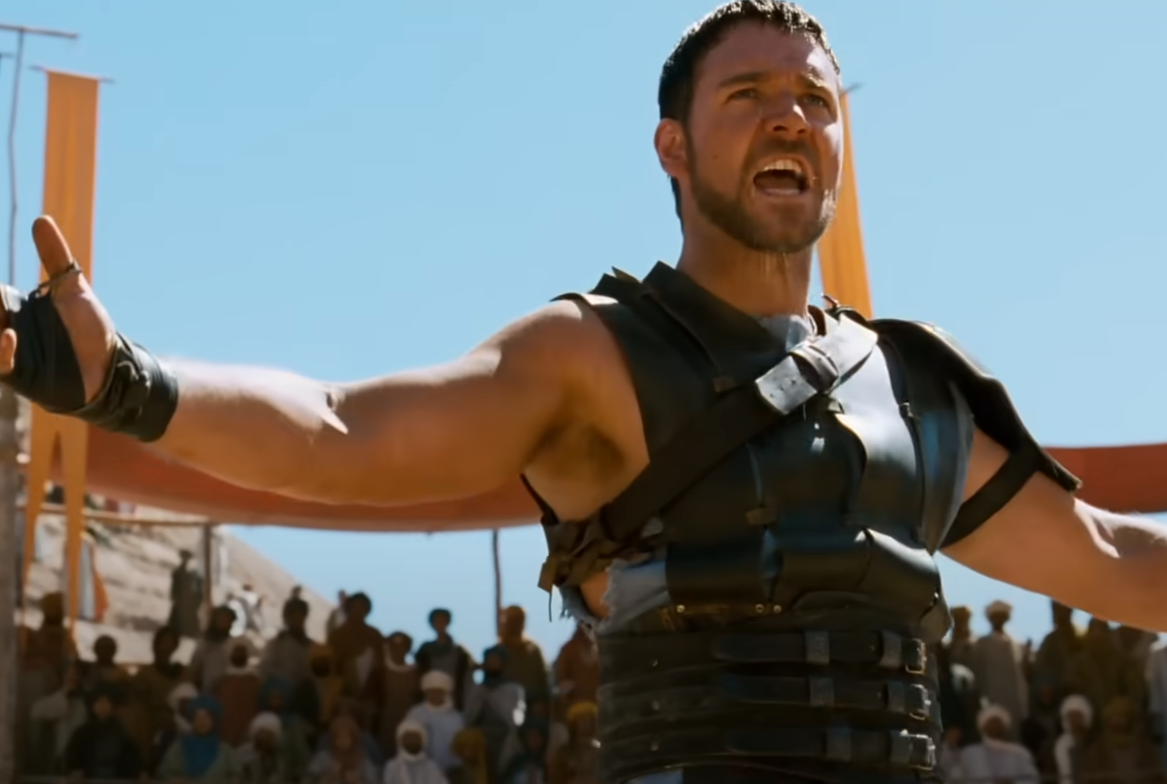 Universal Pictures, Gladiator (2000)
Universal Pictures, Gladiator (2000)
300 (2006)
This stylized depiction of the Battle of Thermopylae glorifies the Spartans but leaves out critical allies—thousands of Greek soldiers who also stood against Persia. The actual number was closer to 7,000, not just 300. Artistic license made it epic, but history tells a richer story.
The Last Samurai (2003)
The Last Samurai focuses on an American soldier becoming a samurai during Japan’s 19th-century transition. In reality, the samurai rebellion wasn’t led by foreign influence—yet Hollywood turned it into a full-on adventure. The storyline was inspired by the experiences of Jules Brunet, a French military officer.
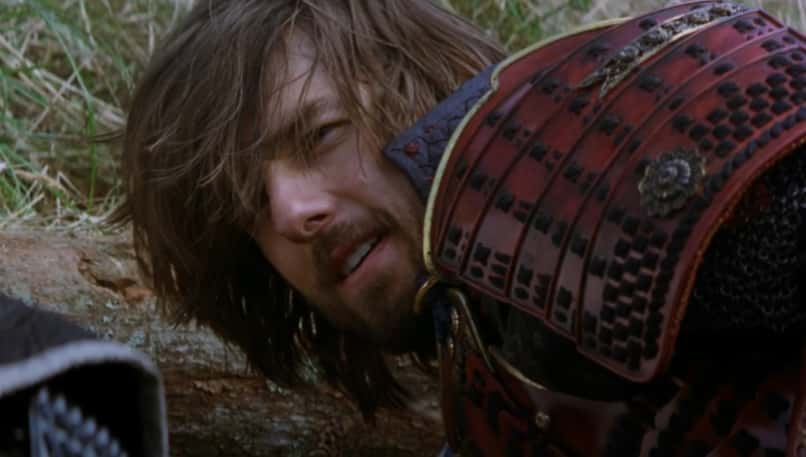 The Last Samurai (2003), Warner Bros.
The Last Samurai (2003), Warner Bros.
A Beautiful Mind (2001)
This movie brings the genius of mathematician John Nash to the screen, but not everything is as it seems. In truth, Nash’s hallucinations were toned down for cinematic effect because his interactions with imaginary friends like Charles were much more extreme in reality. The entire movie’s timeline was also condensed.
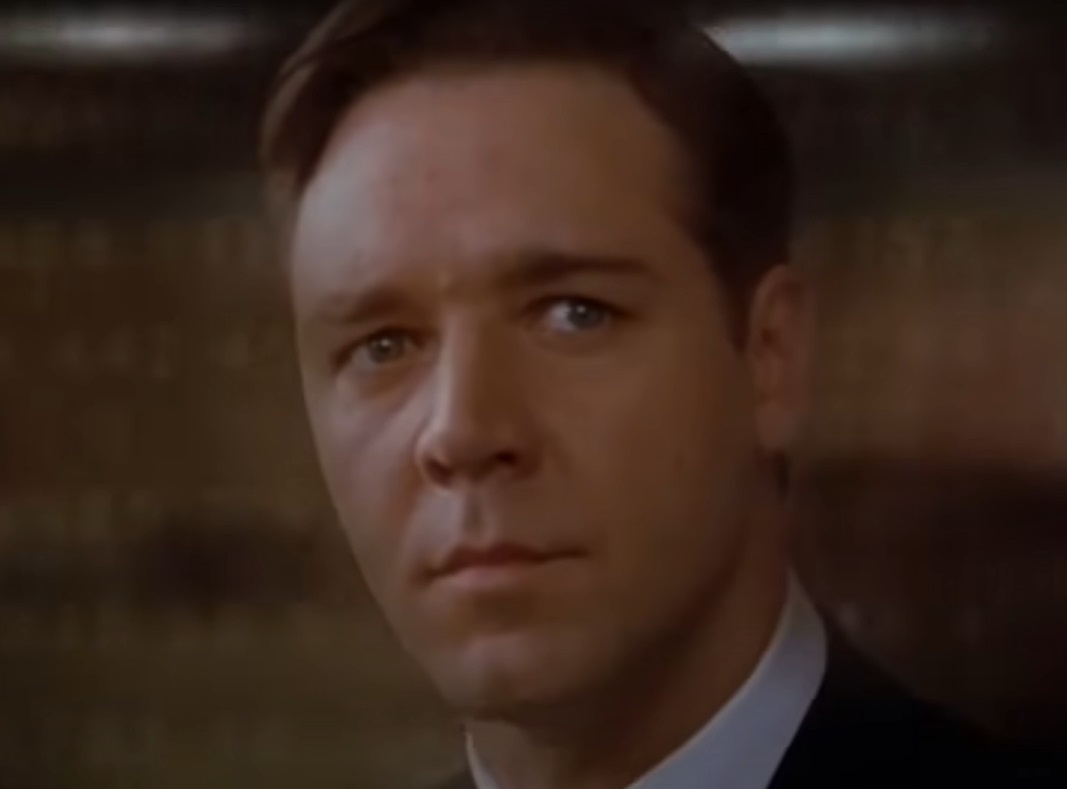 Universal, A Beautiful Mind (2001)
Universal, A Beautiful Mind (2001)
The Social Network (2010)
The rise of Facebook, as shown in this picture, was, um, half-truth. Mark Zuckerberg’s college days in it were pure fiction. While the Saverin betrayal is dramatized, the legal disputes and settlements were real, albeit more complex. That’s Hollywood for you.
 Columbia, The Social Network (2010)
Columbia, The Social Network (2010)
Pearl Harbor (2001)
When you think of Pearl Harbor, you might picture those dramatic explosions. The truth? The film’s depiction of the actual attack is slightly off—the love triangle overshadowed the historical facts. The real heroes, like the Doolittle Raid pilots, got very little screen time. The love stories took over.
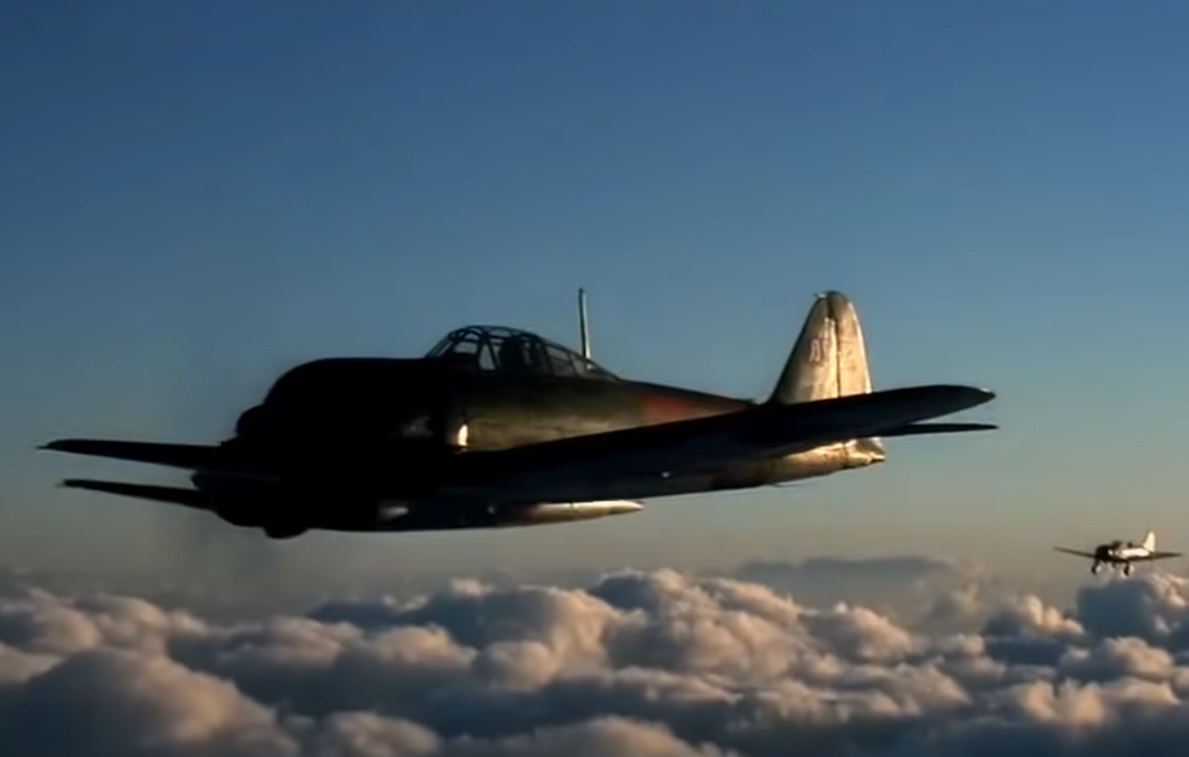 Touchstone, Pearl Harbor (2001)
Touchstone, Pearl Harbor (2001)
The King's Speech (2010)
King George VI overcame his speech impediment here, but not all interactions shown in the film were real. For example, the famous “private” therapy session with Lionel Logue wasn’t as intimate as the film suggests. What they got right was George VI’s personal growth journey.
 The King's Speech - Trailer (deutsch/german) by LEONINE Studios
The King's Speech - Trailer (deutsch/german) by LEONINE Studios
Titanic (1997)
Oh, yes, Titanic had a bit of magic added. Sorry. The love story? Made up. And while the sinking is mostly accurate, the chaos in the final moments of the disaster is exaggerated for dramatic effect. Nevertheless, the film’s show of the ship’s grandeur remains etched in viewers' memories.
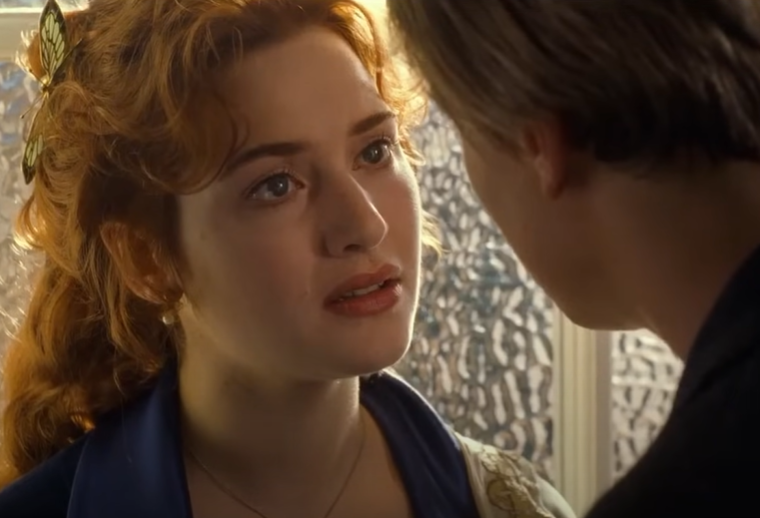 Twentieth Century, Titanic (1997)
Twentieth Century, Titanic (1997)
The Wolf of Wall Street (2013)
Leonardo DiCaprio plays the infamous Jordan Belfort, but was it accurate? The film exaggerates the decadence and wild antics of Belfort’s rise in finance. Yes, Belfort did live extravagantly, but not as excessively as shown. Some of the more outrageous events were created to keep the excitement high.
 Paramount, The Wolf of Wall Street (2013)
Paramount, The Wolf of Wall Street (2013)
The Great Escape (1963)
This WWII classic is thrilling but with a few twists here and there. While The Great Escape certainly drew inspiration from the actual breakout, many of the escapees’ fates were dramatized; the escape through the tunnel was fictionalized. But let’s face it—those daring moments were essential.
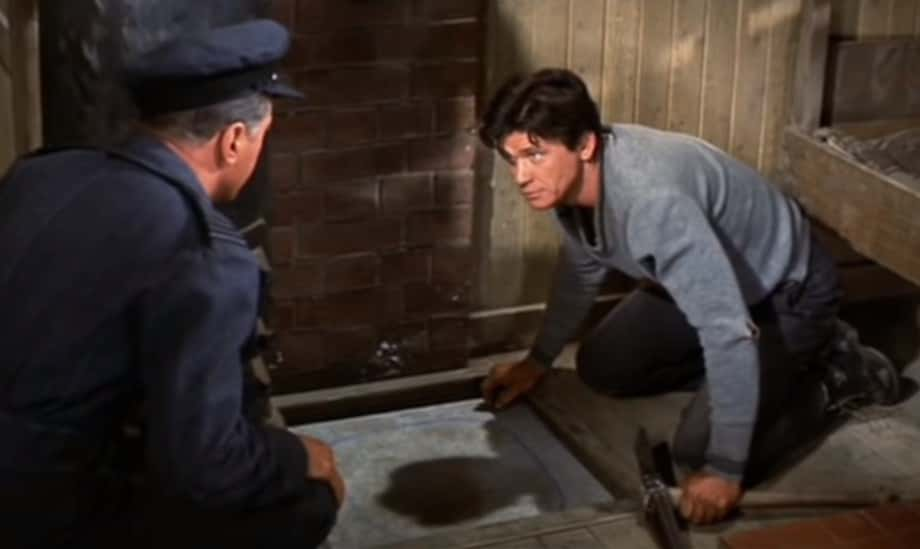 The Great Escape, United Artists
The Great Escape, United Artists
Argo (2012)
The gripping story of the rescue of American hostages during the Iran crisis had a few inaccuracies. While the movie downplays the Canadian government’s role, the reality is that Canada played a much larger part. Thankfully, they added that info in the credits. Close call.
Apocalypse Now (1979)
Loosely established in Joseph Conrad’s Heart of Darkness, Apocalypse Now was set during the Vietnam War. Now, here is the shocker: Francis Ford Coppola’s rendition of the battle’s madness was intentionally exaggerated. The chaos, the suffering, the sense of impending doom—it’s all enhanced for cinematic effect.
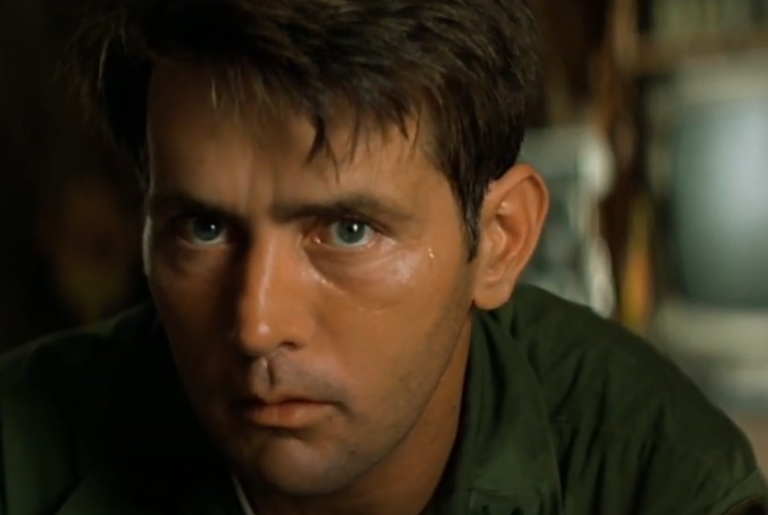 American Zoetrope, Apocalypse Now (1979)
American Zoetrope, Apocalypse Now (1979)
Lincoln (2012)
While Lincoln is generally accurate in depicting Abraham Lincoln’s final months, the way he’s represented as a near-perfect politician isn't entirely true. The movie leans into Lincoln’s wisdom but overlooks some of his more controversial political strategies like the Spoils System and the Suspension of Habeas Corpus.
The Theory of Everything (2014)
Stephen Hawking’s battle with ALS in his personal life was emotional, but where the film felt short was in the over-simplification of his relationship with his wife, Jane. The reality is that their relationship was far more deeper and challenging. Perhaps adding that would have highlighted the plot. Maybe.
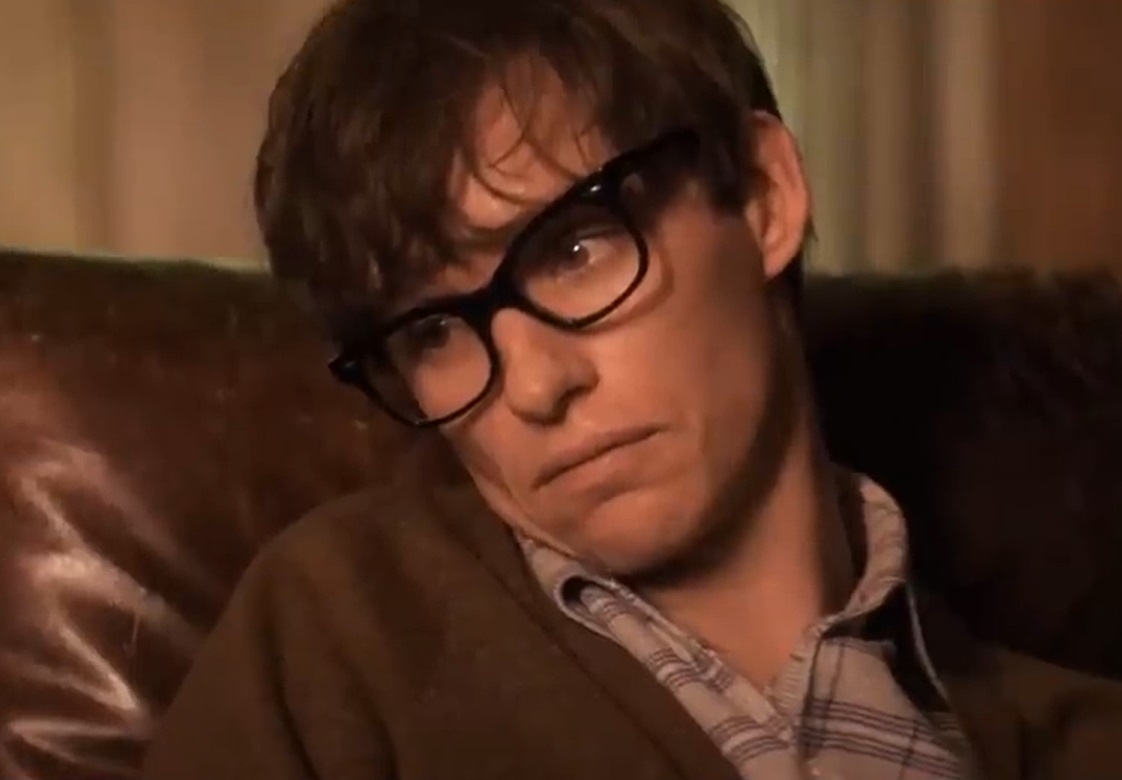 Working Title, The Theory of Everything (2014)
Working Title, The Theory of Everything (2014)
The Revenant (2015)
Based on the true story of Hugh Glass’s survival, The Revenant doesn’t include all the facts. The vengeance quest is intensified, while the actual events were far more about raw survival. Glass did endure horrific injuries, but the epic battle with nature, though believable, takes certain liberties to ramp up dramatization.
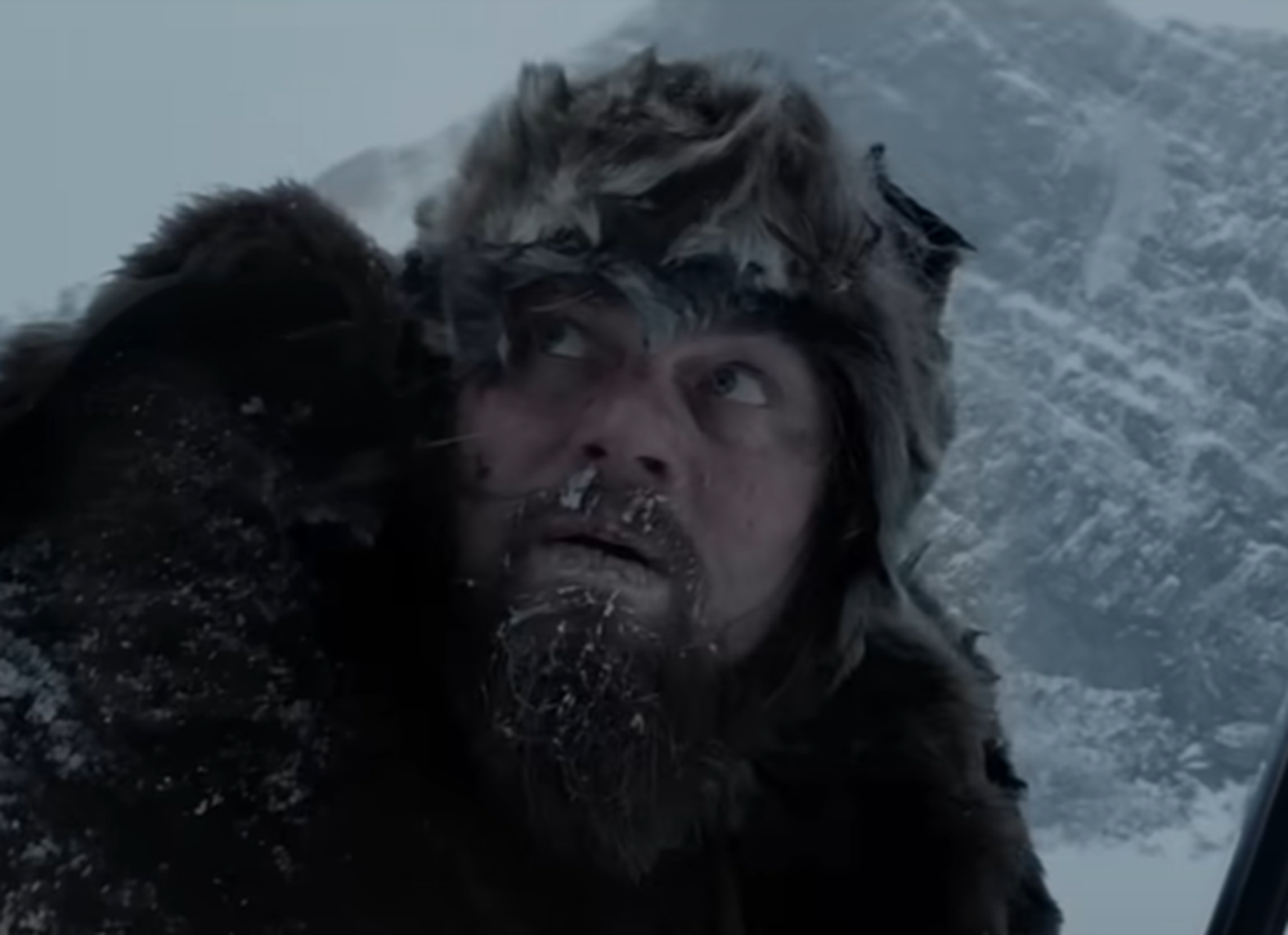 New Regency Productions, The Revenant (2015)
New Regency Productions, The Revenant (2015)
12 Years A Slave (2013)
Sure, this picture accurately depicts the horrors of slavery. Selectively. Like one, its depiction of Northup’s captivity simplifies some of his interactions. Filmmakers heightened the emotional tension, but it misses the subtler, less cinematic aspects of Northup’s experience. Nonetheless, it remains a powerful film on a tragic chapter in history.
Zero Dark Thirty (2012)
The decade-long pursuit of bin Laden was this film’s focus. Although it was well received, critics criticized it for exaggerating the role of torture in locating him. The real story was far more nuanced, and torture wasn’t the breakthrough moment it’s shown to be.
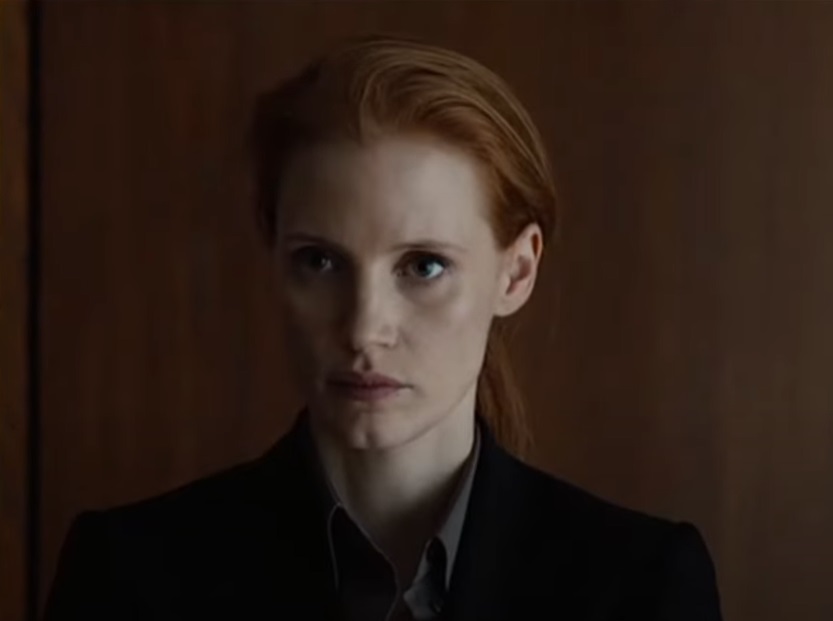 Columbia, Zero Dark Thirty (2012)
Columbia, Zero Dark Thirty (2012)
The Imitation Game (2014)
Alan Turing’s brilliance shone through, but the movie skims over the true intricacy of his work. The real struggle involved endless trial-and-error in breaking Enigma’s evolving codes, relentless pressure from militia officials, and internal team conflicts. His tragic personal battles, including criminal prosecution, were also downplayed for dramatic effect.
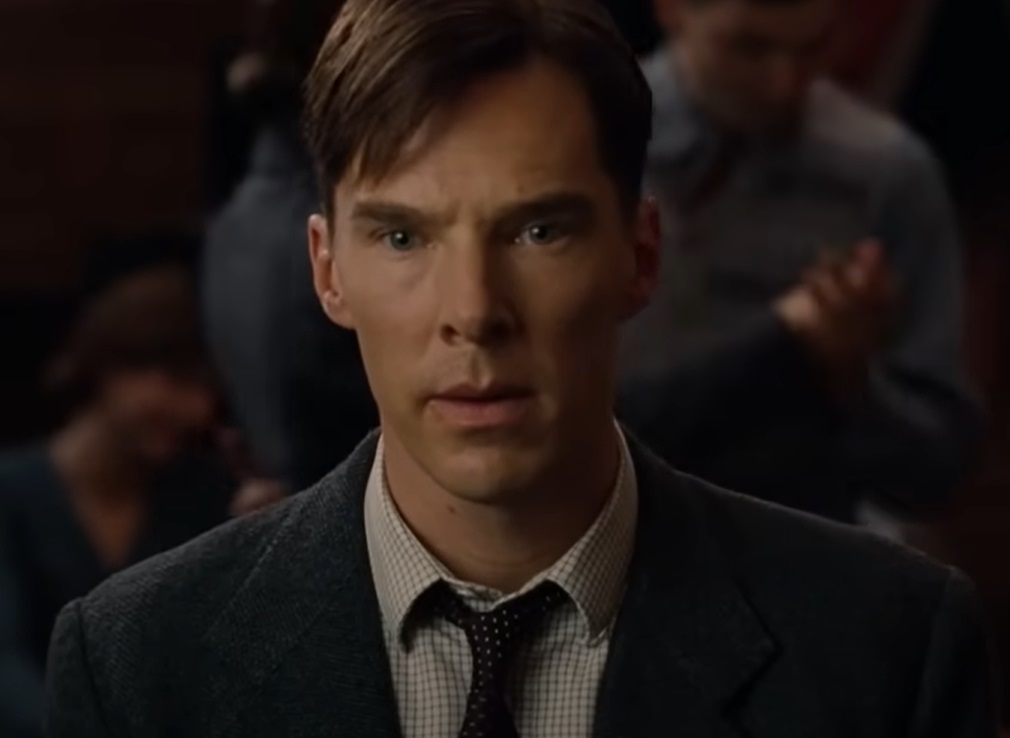 Black Bear, The Imitation Game (2014)
Black Bear, The Imitation Game (2014)
The Untouchables (1987)
The Untouchables chronicles Eliot Ness’s efforts to bring down Al Capone, but how accurate is it? The infamous train station shootout, for example, never happened. The real-life law enforcement’s tactics were less theatrical. But who can forget that legendary elevator scene that added to the movie’s tension?
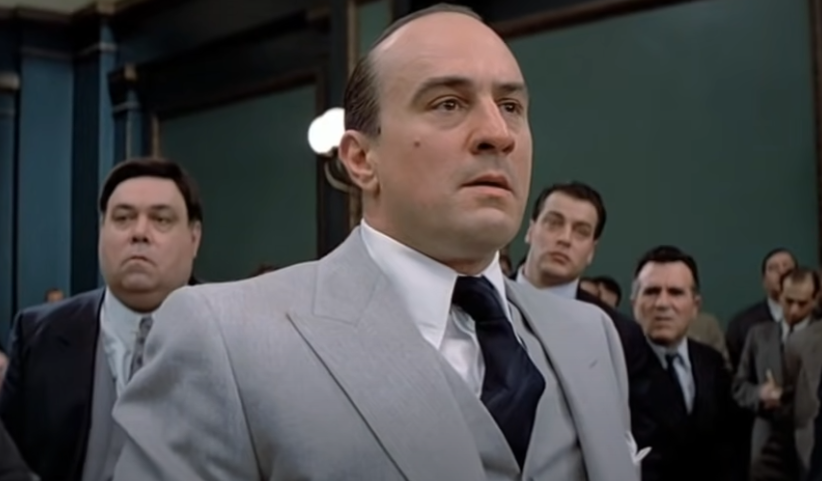 Paramount, The Untouchables (1987)
Paramount, The Untouchables (1987)
1917 (2019)
This picture is an exhilarating WWI film that immerses you in the action, and it's “almost” believable. What you should know is that much of its plot is fictionalized. The two soldiers' mission is imagined. In reality, the battle tactics and operations were more coordinated than shown.
The Godfather (1972)
Many may consider it a masterpiece, but let’s face it—its show of the Corleone family’s rise to power doesn’t exactly match the real Mafia history. The film builds a mythic aura around the family’s power struggle, but real-life mobster dynamics are much less glamorous and far more complicated.
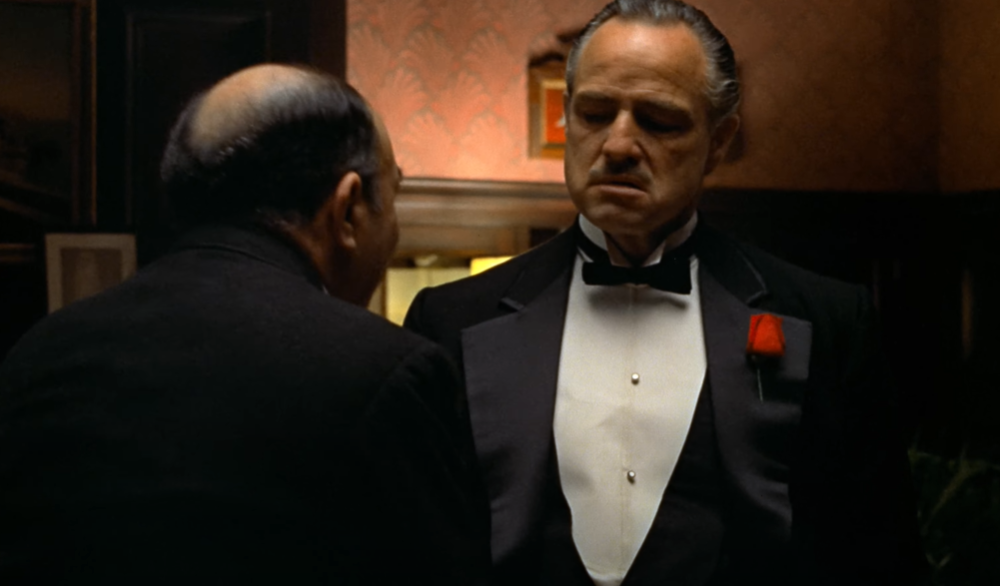 Paramount, The Godfather (1972)
Paramount, The Godfather (1972)
Saving Private Ryan (1998)
Steven Spielberg's masterpiece intrigues with its intense plot dating back to WWII. But did you know the film’s central rescue mission is entirely fictional? While inspired by the real-life Niland brothers, the military never undertook such dramatic retrieval efforts. Who would have thought?
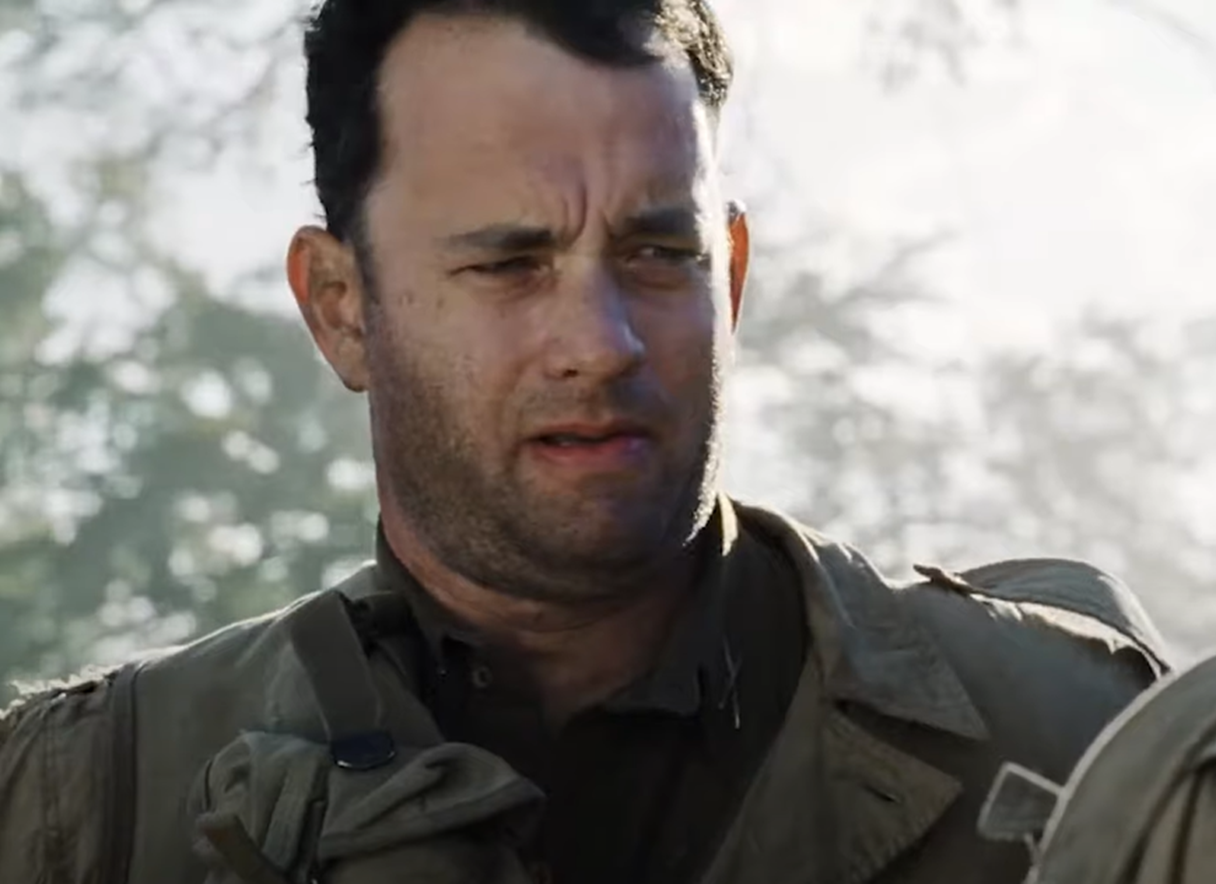 DreamWorks, Saving Private Ryan (1998)
DreamWorks, Saving Private Ryan (1998)
Pocahontas (1995)
Another inaccurate picture, Pocahontas, went with a visually stunning tale of love and cultural exchange and said to historical accuracy, “Take a backseat”. The real Pocahontas was a child during her interactions with John Smith, and their relationship wasn’t romantic. It also simplifies the broader context of settler-native conflicts.
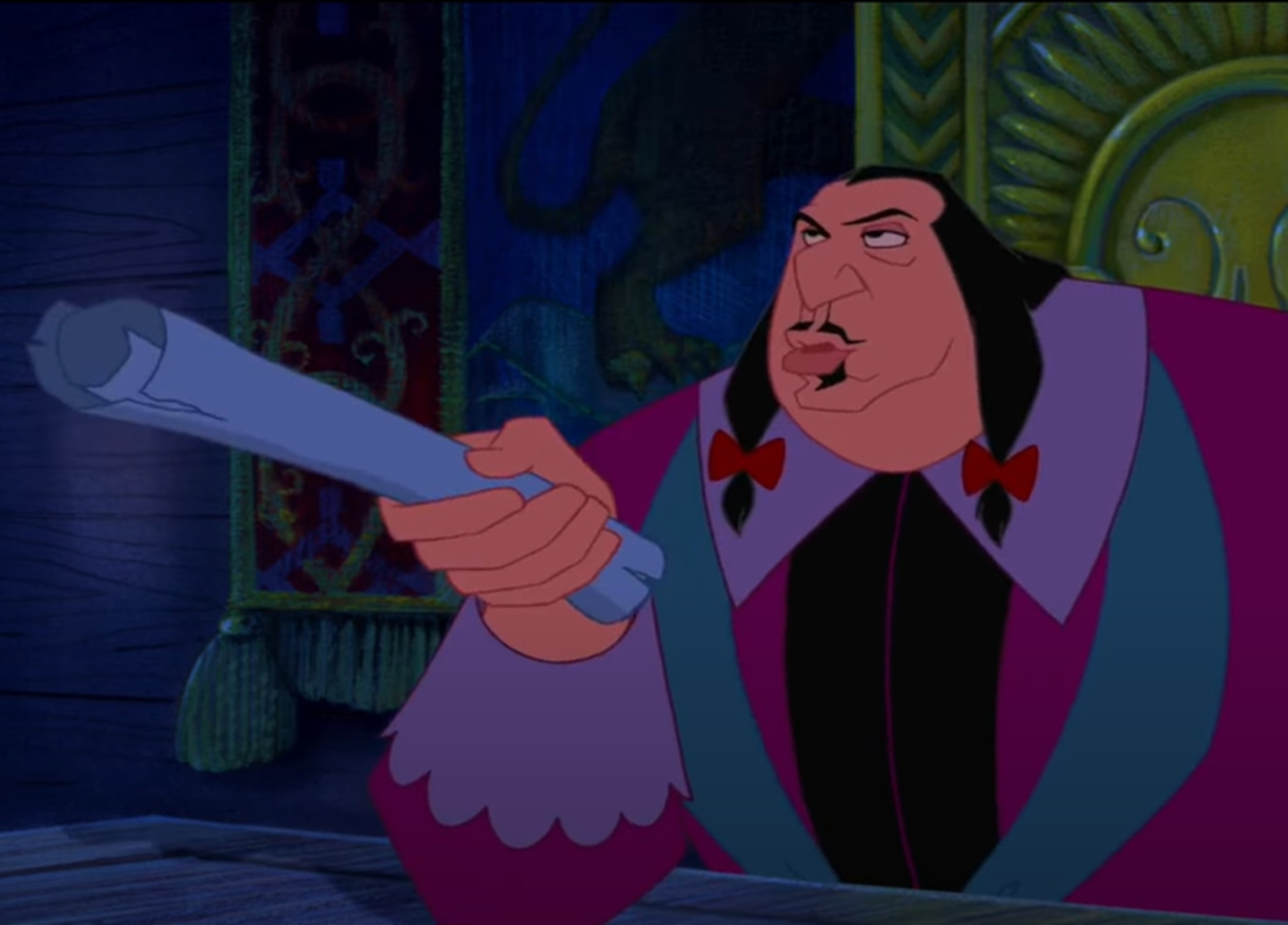 Walt Disney Productions, Pocahontas (1995)
Walt Disney Productions, Pocahontas (1995)

